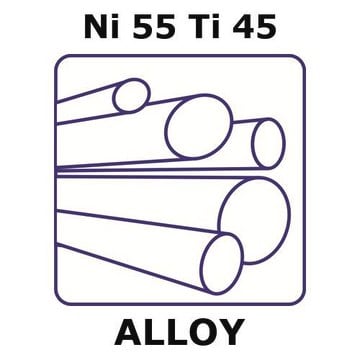GF79039648
Cadmium
rod, 50mm, diameter 10.0mm, 99.999%
Synonym(s):
Cadmium, CD007920
About This Item
Recommended Products
Assay
99.999%
form
rod
manufacturer/tradename
Goodfellow 790-396-48
resistivity
7.27 μΩ-cm, 22°C
L × diam.
50 mm × 10.0 mm
bp
765 °C (lit.)
mp
320.9 °C (lit.)
density
8.65 g/mL at 25 °C (lit.)
SMILES string
[Cd]
InChI
1S/Cd
InChI key
BDOSMKKIYDKNTQ-UHFFFAOYSA-N
Looking for similar products? Visit Product Comparison Guide
General description
Legal Information
Signal Word
Warning
Hazard Statements
Precautionary Statements
Hazard Classifications
Aquatic Acute 1 - Aquatic Chronic 1
Storage Class Code
13 - Non Combustible Solids
WGK
WGK 3
Flash Point(F)
Not applicable
Flash Point(C)
Not applicable
Certificates of Analysis (COA)
Search for Certificates of Analysis (COA) by entering the products Lot/Batch Number. Lot and Batch Numbers can be found on a product’s label following the words ‘Lot’ or ‘Batch’.
Already Own This Product?
Find documentation for the products that you have recently purchased in the Document Library.
Our team of scientists has experience in all areas of research including Life Science, Material Science, Chemical Synthesis, Chromatography, Analytical and many others.
Contact Technical Service


